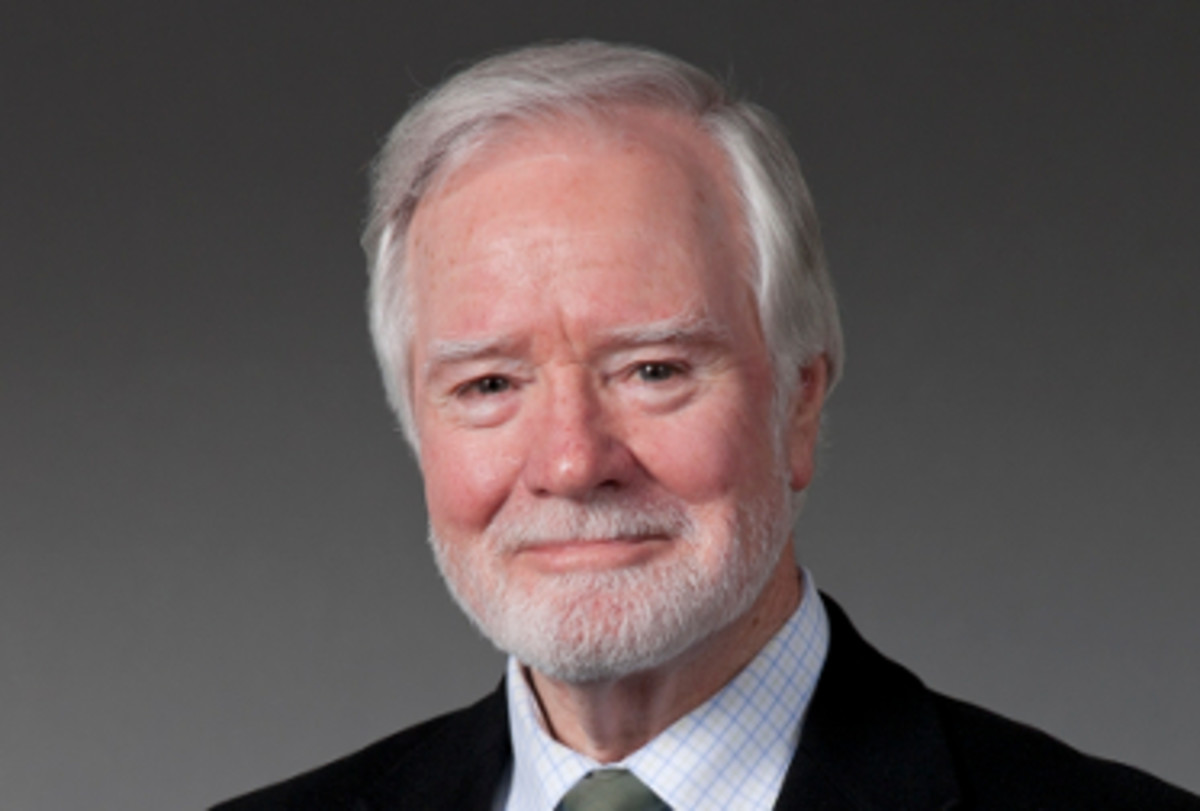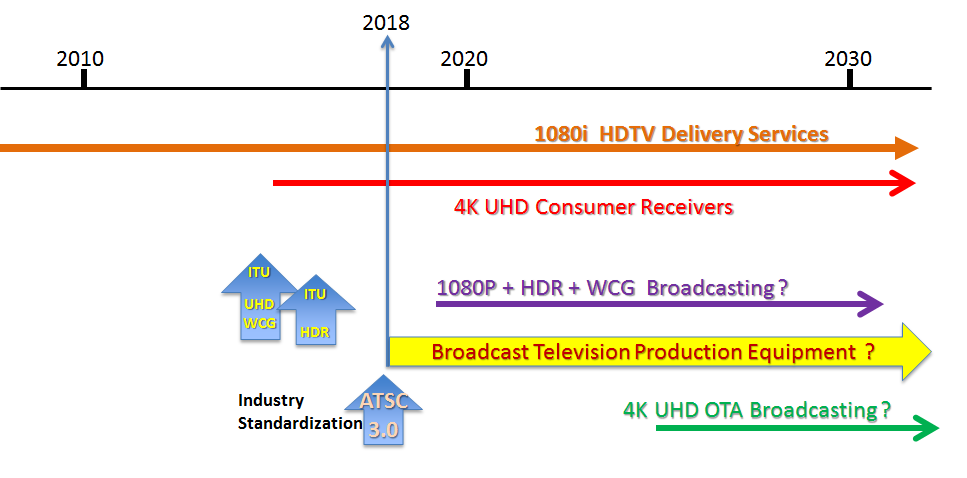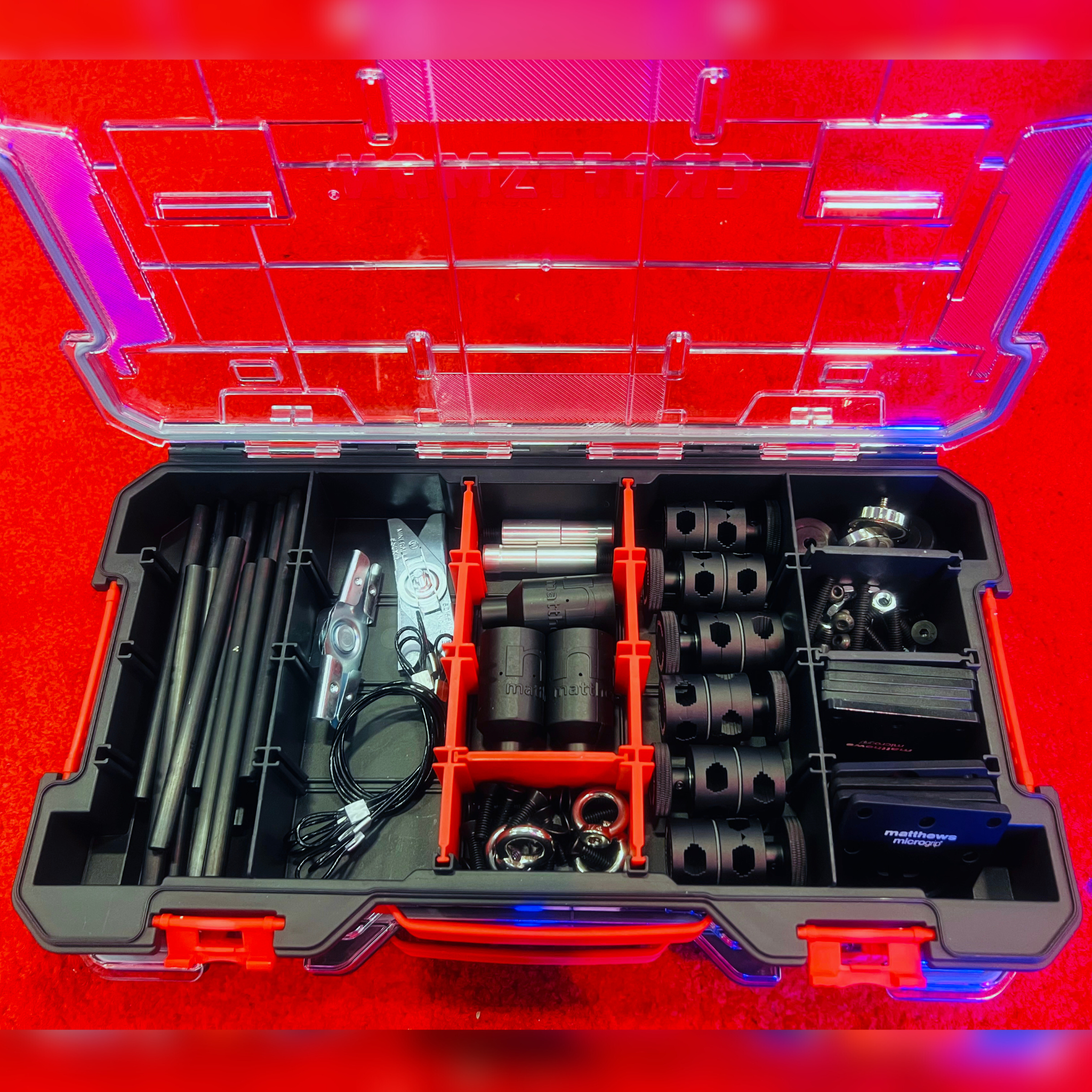'To Be or Not to Be UHD,' is the Question
To put context on the curious crossroads at which the U.S. television industry finds itself in 2018 it is useful to recall the protracted HDTV transition from 1985–2005.
In the 1980s, HDTV represented a very significant advance in television image sharpness and it greatly challenged the related video production technologies (primarily analog-based) of that time—imaging, recording, and display. It is significant to note that HDTV was initially heavily driven by manufacturers of professional production equipment while the consumer electronics manufacturers continued to cling to analog standard definition televisions into the 2000s.

Today, the reverse is true as the industry move to 4K UHD is being largely driven by the consumer electronics manufacturers who appear united in the propulsion of 4K home display systems as alternatives to purchases of new HDTV televisions. This appears to be highly successful (forecasted to reach 30 percent penetration in the U.S. this year)—primarily because these new displays embody built-in upscaling systems that accept traditional 1080i and 720P HDTV signals which very effectively portray on their 4K display panels.
To date, the U.S broadcast industry has shown little appetite to grapple with all that is entailed in updating broadcast infrastructures to handle the far more data-hungry 4K UHD video signal. The cable industry has also remained largely dormant. The central dilemma for 4K UHD is the available sizes of consumer home displays. At the average home viewing distance of 10 feet a screen having about a 140-inch diagonal is desirable to fully stimulate a viewer (having 20/20 vision) with the full “wow factor” of 4K. Therefore, presently available 4K UHD screens—in the range of 55 to 84-inch diagonal—fall short.
More importantly, upscaled HDTV is virtually indistinguishable from native 4K UHD at the average home viewing distance. It is this failure that has convinced many delivery services (broadcasters and cable MSOs in particular) of the futility of making huge investments in new infrastructures that support 4K UHD as adequate returns on such investments are considered elusive.
ALTERNATIVE UHD DELIVERY SERVICES
OTT services of 4K UHD are presently offered by some of the major new video delivery players (primarily the tech giants who have enormous internet user bases that are now accompanied by huge supporting production budgets) and that is further spurring the penetration of the associated home display system.
In the satellite delivery domain, DirecTV is now offering 4K UHD delivery. In terms of the current highest quality delivery to the home. the new Ultra HD Blu-ray disc supports 4K UHD video at frame rates up to 60 frames per second with the program material encoded using High Efficiency Video Coding (HEVC).
THERE IS UHD, AND THEN THERE IS UHD
Adding to the global confusion is the looming specter of possible premature obsolescence of an era of 4K UHD. Hardly had 4K UHD been born as a blueprint for the more immediate future of television when drums began beating for 8K UHD (4x more resolution than 4K and 16x the resolution of HDTV). On the standardization front it arguably made a great deal of sense to simultaneously deal with both 4K UHD and 8K UHD within the international ITU standardization effort because it created a blueprint for the very long term future (spanning many decades) of video services.
[Read: Large Vs. Small Sensor: A Q&A With Canon’s Larry Thorpe]
But in terms of a planned rollout of these new digital television delivery services, one has to wonder at what we are seeing unfold (or trying to unfold) today. 8K UHD makes little sense for home viewing but it surely does make enormous sense in the context of digital cinema and large screen venues like stadium displays and digital signage. What does remain a certainty is that any major industry commitment to 4K UHD will require a lifespan of at least one or two decades to justify the enormous related investments.
TELEVISION’S FUTURE IS MORE THAN ENHANCED RESOLUTION
It is remarkable that the global television industry has remained hugely preoccupied for almost four decades (approximately 1980 to date) with the singular drive for ever-increasing resolution. But, more recently—over the past half-decade—video production has become enveloped in other technological advances that are having significant impact on virtually all of the multiple dimensions of what constitutes image quality, including resolution, dynamic range, color reproduction, picture capture rate, and digital bit depth (Fig. 1).

In most cases these are not the incremental changes to which we have been accustomed over many decades. Rather, they are all now simultaneously in play, their advances are all substantial, and they are all happening very fast. These advances are such that isolated demonstrations of each gain high attention. Center stage is High Dynamic Range (HDR) and Wide Color Gamut (WCG), closely followed by High Frame Rate (HFR) and higher digital bit depths. In terms of related technological developments the industry is positively buzzing with numerous activities on many fronts. In addition, advances in spatial audio promise to make the viewing experience closer than it has ever been before to reality.
NEW GENERATION OF UHD PRODUCTION GEAR
On the television production front, the two-third inch image format size has been center stage for some four decades—in television studios, sports broadcasting, broadcast newsgathering and documentary production. About a decade ago, large image format digital cameras escalated a drive to replace 35mm motion picture film. Today many digital motion imaging variants on the Super 35mm image format are available from a broad range of global manufacturers and they are steadily penetrating all forms of television production as well as moviemaking. Now, discussions of cinematic aesthetics accompany all of the ongoing debate on HDR, WCG, and HFR—in television drama, magazine shows and more recently in sports production. The two-third inch image format is being squeezed, as it were, from above.
Despite this, in the domain of sports production, and also the majority of broadcast television studios, the two-third inch format continues to remain center stage. And, starting about three years ago, a move to 4K UHD lenses and cameras based upon that image format abruptly surfaced—spurred by the recognition that UHD might possibly take off in the not too distant future, and that once again, sports would be one of the most significant driving forces.
What is particularly interesting is that all of the major camera manufacturers are now offering multiformat cameras and camcorders—switchable (albeit via licensing for some) between 4K DCI and 4K UHD as well as 2K DCI and HD. These products speak to the uncertainty of today, which sees the transition to HDTV still underway but also some industry angst that 4K UHD may at some juncture become inevitable during the next decade due to competitive dynamics between disparate delivery services.
In particular, near-term purchases of new 2/3-inch lenses, because of their anticipated long life, argue for consideration of 4K even if HDTV origination remains the near term priority. These lenses do have the distinct advantage of ensuring a visibly higher HDTV performance while also future proofing against some downstream transition to 4K UHD.
It was with this imperative in mind that Canon introduced no less than six new 2/3-inch 4K UHD lenses at the 2018 NAB Show. Canon also introduced B4 to PL/EF mounts that allow these lenses to be used on large format cameras.
In terms of the most contemporary industry discussions—as noted at NAB 2018—there is a growing consensus that a more pragmatic UHD transition would be to 1080P combined with both HDR and WCG. In the views of some, HFR must also be factored in. This movement is premised on the fact that 1080P is already inherent within multiformat cameras and most of these latest products also offer HDR/WCG and even HFR capabilities.
It also has to be borne in mind that in addition to all of the video imaging implications of 4K UHD / HDR/WCG, the industry is also now very heavily preoccupied with planning (and implementing by many) the transition from SDI infrastructures to IP infrastructures. While related standards have also finally emerged on this front, the uncertainties are many and the costs somewhat unknown.
It is arguable that the television industry has never had to grapple with so many technological variables—all in the same approximate time frame—as we see today.
Larry Thorpe is a Senior Fellow at Canon U.S.A.
Get the TV Tech Newsletter
The professional video industry's #1 source for news, trends and product and tech information. Sign up below.
